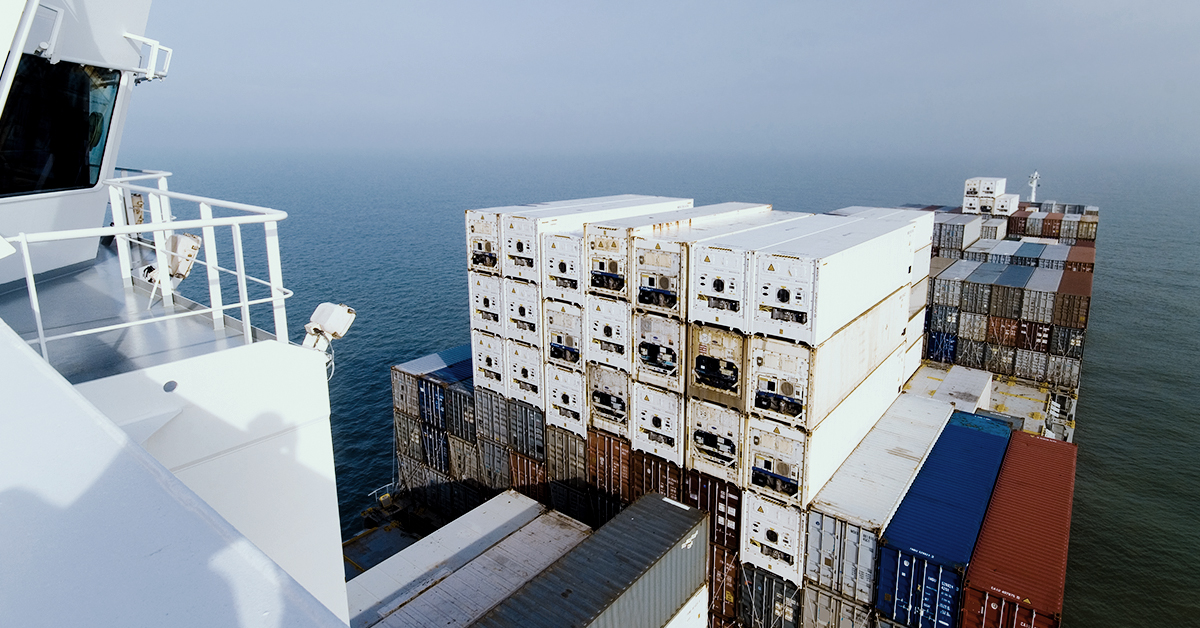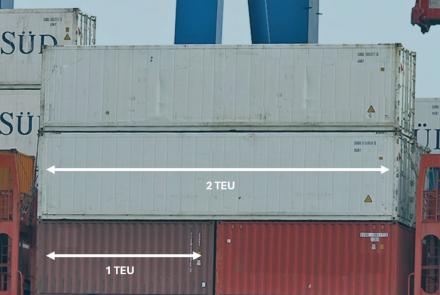Reefer container handling and care during sea transit

Reefer containers are designed to transport perishable cargo. They maintain a cool temperature in the inner compartment to keep the contents fresh and in their original state. Reefer containers are mainly employed in the transportation of fruits, vegetables, dairy, meat, flowers and medicines. It is essentially a freight container equipped with independent refrigeration equipment and an air/water-cooled heat exchanger that protects perishable cargo from deterioration due to exposure to adverse temperature, humidity and other external conditions. Irrespective of the temperature outside, they are engineered to maintain an operating temperature range within -60°Cto +40°C (-85°F to +104°F).
The data logger continuously records the temperature inside the reefer containers. Since reefer containers carry high-value cargo, they have to be well-maintained throughout the voyage to retain the optimum temperature and protect the contents. Damage to goods as a result of failed or improper air-conditioning could result in substantial compensation claims, so the care and maintenance of reefer containers during transit assume great significance.
What are the best practices that shippers and carriers can employ while handling reefer containers? Let’s first examine this in detail.
- It is the obligation of the shipper to issue guidelines on packing & transportation, and ensure they are passed on to the staff involved in the shipment of the cargo.
- Some destination countries specify particular temperature requirements relating to the cargo. The carrier should be informed in advance about such specific requirements.
- Abbreviations should be avoided when communicating temperature details. Minus and Plus must be written in words instead of the symbols “–“and “+”. Likewise, Celsius and Fahrenheit should be used instead of “C” and “F”.
- The empty reefer container that arrives from the carrier should be pre-cooled to the required temperature, and free from odor and damages. The gasket of doors should seal closely, and the floors and grooves must be clean. The internal vents should be inspected and free from damage to ensure maximum airflow across the container in order to maintain the set temperature.
- The shipper should have thorough knowledge about the characteristics of the goods being transported, packaging requirements and issues that could adversely affect the condition of the cargo, like condensation.
- The carrier must compulsorily perform a Pre-trip Inspection (PTI) of the empty reefer container before its release to the shipper. This ensures the proper functioning of the cooling unit, temperature control and data logging devices.
- The carrier must be well aware of the type of cargo being shipped and its characteristics.
- The container provided to the shipper should conform to the specifications and must be serviced regularly. The cooling unit, temperature control and data logger system should be in perfect working condition.
- The type of reefer container provided to the shipper must be specific to the requirements of the cargo being transported. For instance, cargo such as meat, fish and ice creams require very low temperatures reaching up to minus 35°Celsius.
- Cold Treatment is a highly specialized process carried out to control fruit fly infestation in containers. This is particularly required while transporting citrus fruits, and the countries where they are meant to be unloaded have explicit cold treatment process temperature protocol that must be followed.
- Celsius and Fahrenheit are not the same, and the staff operating the refrigeration controls should be conscious of the difference. A mistake in rightly identifying “C” and “F” could result in setting the wrong temperature required for a particular cargo.
- Some shippers specify “step-up” and “step-down” temperature requirements for certain types of fruits and vegetables during the course of the voyage. The carrier must follow these guidelines strictly to prevent damage to such perishable goods requiring special attention.
- As is the norm in any form of cargo shipment, the stakeholders must ensure an open and free exchange of communication. Unforeseen incidents can be addressed quickly to lessen the damage to cargo by taking timely corrective actions.
Specialist service providers and perishable cargo experts can offer services to assess the condition of the cargo on arrival, and even suggest measures to lessen the impact of any damage caused to the cargo.
Insurance claims research has revealed that cargo loss happens not only because of technical failures during transit but also due to the holdup of reefer containers at transfer points.
- Log in to post comments






